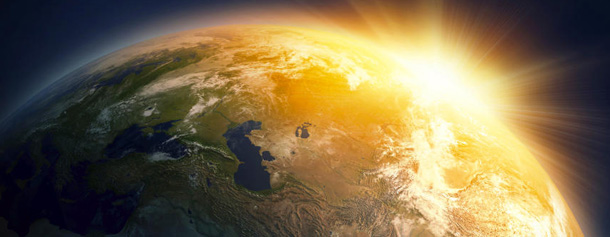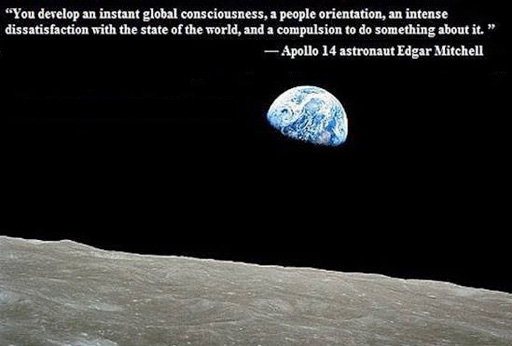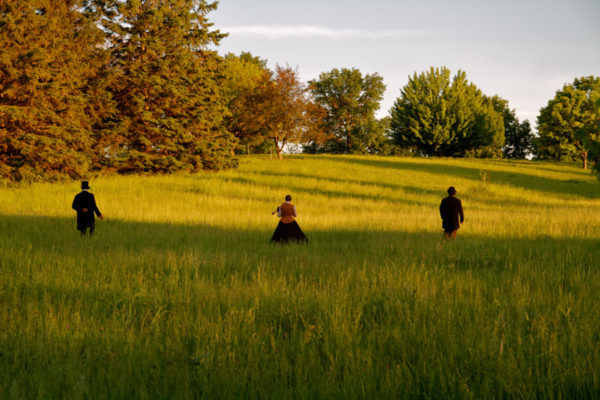by Alan Briskin | Books, Fields

For the first time in quite a while, I am moved to consider a book project, something I do with a fair amount of trepidation. When an idea is powerful enough to take me over, I find it can be all consuming and I never really know where it will take me. I find it exciting but also disorienting, never knowing what leads to treasure and what to swamp land. Joining me in this writing venture directly is my colleague, Mary Gelinas, as well as colleagues mentioned at the end of this post who have actively pursued with me the creation of generative fields. Without them, I would surely be lost.
What follows is the opening declaration for this project and an initial introduction to social fields.
REVELATION
A REVOLUTIONARY FRAMEWORK
FOR AWE, EQUANIMITY, AND SOCIAL CHANGE
Revelation
1) An act of uncovering something that has been hidden from view.
2) Communicating from a sacred or universal source
We believe there exist fields, often expressed through suggestive metaphors, that influence individual, group and organizational effectiveness – from the most harmonious of social dynamics to its mirror opposite, corrupted and violent interactions.
We believe becoming conscious of these fields, in all their variety, and learning to navigate them can result in positive social transformation, including greater equity, justice, and sustainable living. Fields contain different kinds of energy and have unique histories that impose form and organization onto social interactions. Learning to create generative fields and disrupt dysfunctional ones will be the pioneering work of the next decades and current century.
We believe it is our evolutionary responsibility, individually and collectively, to shape what happens within these fields. Fields can be altered and by doing so create new possibilities for the future.
One of the primary way fields are re-made is through human consciousness. Only in the past forty years have we learned that the individual brain continues to develop through its entire life span, capable of neuroplasticity, the re-wiring of neural pathways necessary for learning and new behavior. By working at the edges of scientific discoveries of the brain and organizational insights about the nature of social change, we can become pioneers of new social forms, highlighting our capacity to adapt and grow without discounting the biological and historical obstacles all forms of social change encounter.
Read More
by Alan Briskin | Collective Wisdom, Consciousness, Fields

Teilhard de Chardin’s Noosphere: A Field of Consciousness Surrounding Us
The genesis of a great idea can lie dormant for a very long time before ascending into consciousness. For the philosopher, scientist, and theologian Pierre Teilhard de Chardin, it was germinated in the mud of Verdun, France, where, as a stretcher bearer in World War I, he carted the dead and wounded from the front lines. Like Edgar Mitchell, Teilhard had the ability to intuit a greater meaning from his immediate circumstances, to see out beyond the literal front lines to the outlines of a global consciousness.
Journaling during a brief furlough from his duties in war, Teilhard reflected on the paradoxical pressures that soldiers felt between the respite from fighting and the tension of being on the front lines.
Our future continues to be pretty vague, both as to when and what it will be. What the future imposes on our present existence is not exactly a feeling of depression; it’s rather a sort of seriousness, of detachment, of a broadening, too, of outlook. This feeling, of course, borders on a sort of sadness (the sadness that accompanies every fundamental change); but it leads also to a sort of higher joy. . . . I’d call it “Nostalgia for the Front.” The reasons, I believe, come down to this; the front cannot but attract us because it is, in one way, the extreme boundary between what one is already aware of, and what is still in process of formation. (Teilhard de Chardin 1965, 205)
What was being stirred up in Teilhard’s imagination was a profound shift of attention. The months on the front altered his perception. Decades later, he would acknowledge how the concentration of bodies, “the atmosphere of the front,” and the loss of boundaries between “natural” and “artificial” and between “physical” and “moral” inspired within him an epiphany. The human million, as he described it, had within itself a “psychic temperature” and an evolutionary throb. The isolated human being, like an unattached cell, was predisposed to join with others and become a more complex entity, “to coalesce into physical relationships and groupings that belong to a higher order.” Grounded in his scientific knowledge of biological evolution and now acting with a spiritual sixth sense, Teilhard’s capacity for observation was magnified. He described this as a “gift or faculty of perceiving without actually seeing, the reality and organicity [sic] of collective magnitudes . . . what emerged into my field of perception was literally a new universe” (King 1996, 60–61).
Decades before Edgar Mitchell gazed down from the sky and saw a singular planet, Teilhard looked up from the planet’s physical core and saw a web of psychic coherence, like a thin mist, rising above human consciousness. His mind had been rewired to see unity from multiplicity and diversity as elements that make up a larger whole. “Yes,” he wrote in The Phenomenon of Man, “from now on we envisage, beside and above individual realities, the collective realities that are not reducible to the component element” (Teilhard de Chardin 1959, 247).
Read More
by Alan Briskin | Empathy, Fields

A group of us were working on what was to become the Collective Wisdom Initiative, and we were staying by invitation at the Institute of Noetic Sciences’ new campus in Petaluma, California. They had not officially opened yet, and we were there during the same period that the Institute’s board of directors was also meeting — including its founder, Edgar Mitchell. This was in 2000, four years before Laszlo would publish his work on the Akashic field. In the evening, Mitchell wandered over to the dormitory where we were staying, curious about what we were up to. We in turn were interested in him and specifically how going to the moon influenced his decision to begin the Institute.
Without being overly dramatic, this experience had for me elements of mythic time, meaning that the chronological time we spent together had little relationship to the impact of our encounter. He told us how he had originally been slated to be part of the Apollo 13 mission, but events unfolded that changed those plans. Of course, the Apollo 13 lunar mission was aborted when an oxygen tank exploded during the flight and the crew had to return to Earth. In the wake of that near-disaster, Apollo 14 was a closely watched global event.
Read More
by Alan Briskin | Collective Wisdom, Fields, Online Courses

Looking back on my earlier collaboration to articulate collective wisdom, I believe we all shared a faith in the centrality of spirit, the evolutionary potential of the human species, and the reality of our interconnectedness. We believed ourselves inextricably bound up with each other, enfolded within the larger forces of nature and subtle energies largely invisible to conscious awareness. Collective referred to a larger concept of wholeness and wisdom to its role in addressing existential issues of life, grounded in principles of collaboration, nonviolence, and adaptability.
Deeply embedded in our work, but in retrospect not explicit enough, was a respect for the individual’s relationship to larger fields. In our initial Declaration of Intent, published in 2004, we began by stating:
We believe a field of collective consciousness exists — often seen and expressed through metaphor — that is real and influential, yet invisible. When we come into alignment with this field, there is a deeper understanding of our connection with others, with life, and with a source of collective wisdom.
I’m now embarking on a six-session online program, Activating Collective Wisdom: Five Essential Practices, with Amy Lenzo, whose work with online environments and interactive group design makes her an excellent partner.
Early in our design process, she asked me about the relationship between the individual practices we are exploring in the course and activating collective wisdom in groups. In thinking about her inquiry, I am drawn back to the questions of fields. What different kinds of fields exist? What kinds of individual practices have the greatest impact on fields? How can we align, as individuals and as groups, with these deeper forces of connection? What is a path with wisdom?
I don’t have definitive answers to these questions, but they compel my attention and motivate me to inquire with fellow travelers. As the philosopher Jacob Needleman said with a mischievous smile, “I can’t tell you what wisdom is, but I know the wisest among us seek it.”
Read More





